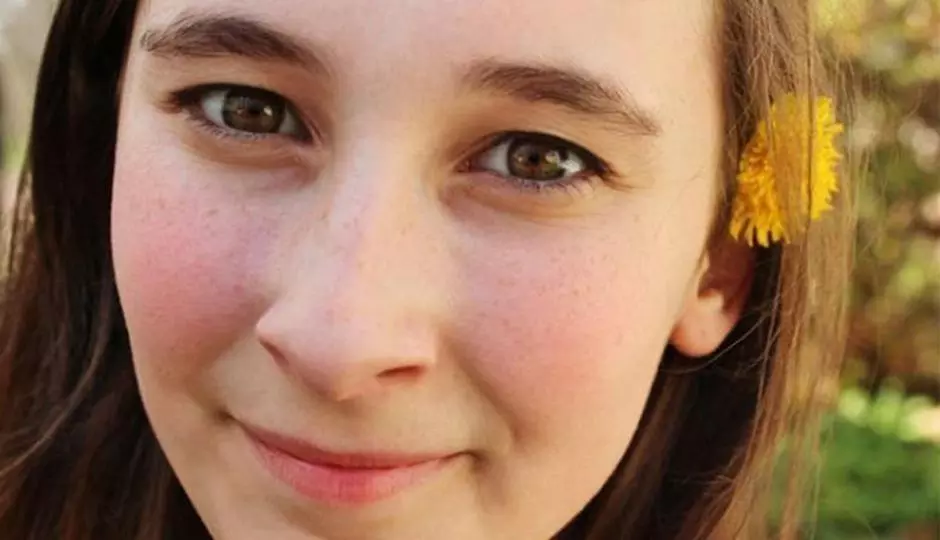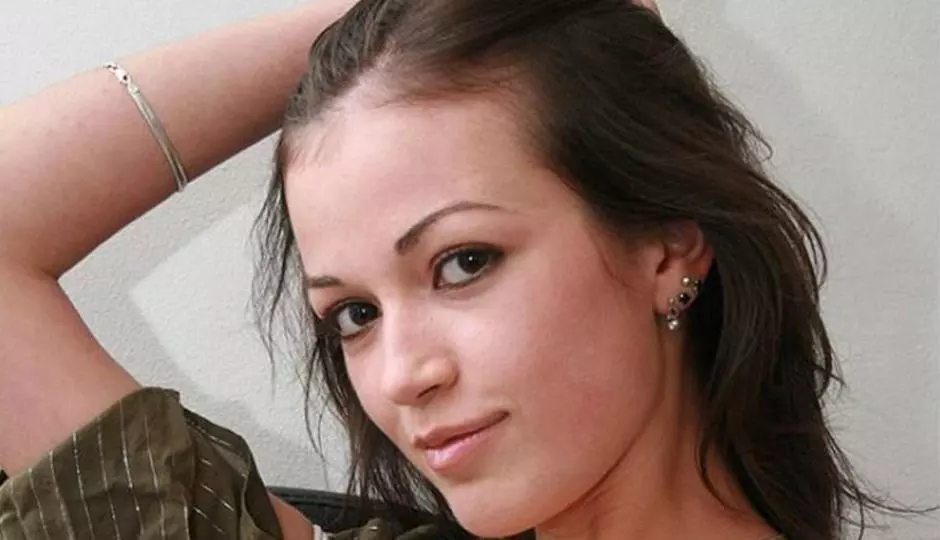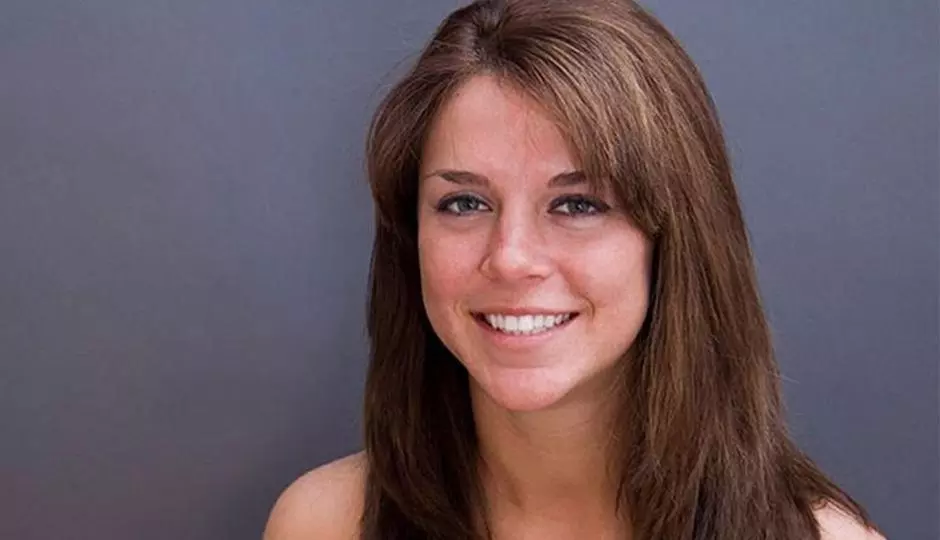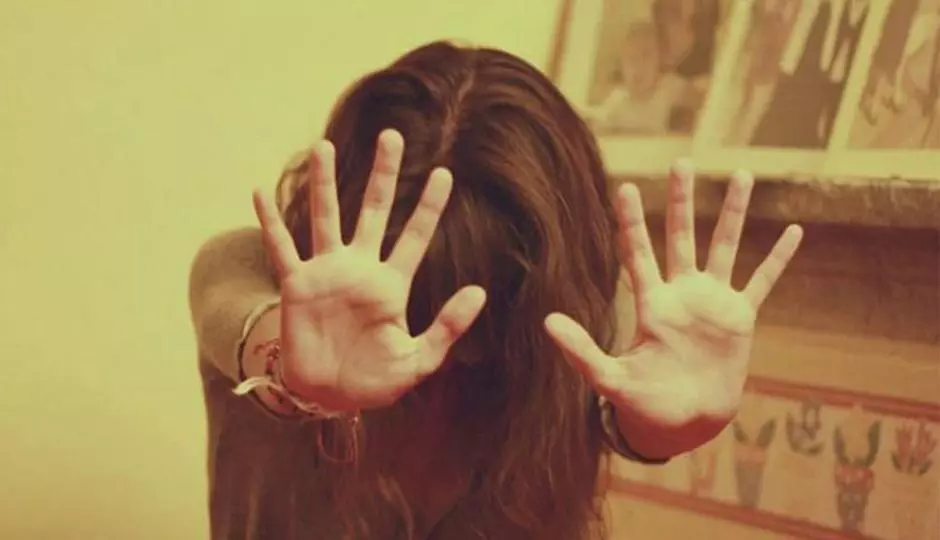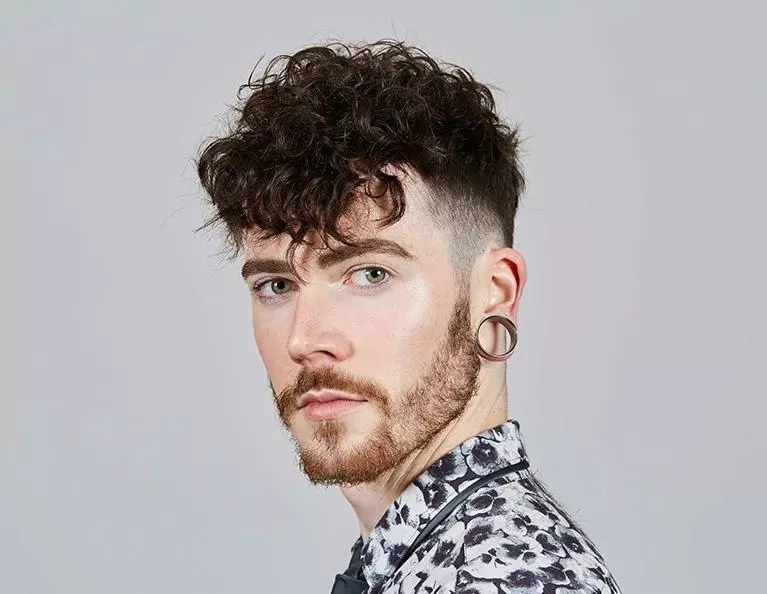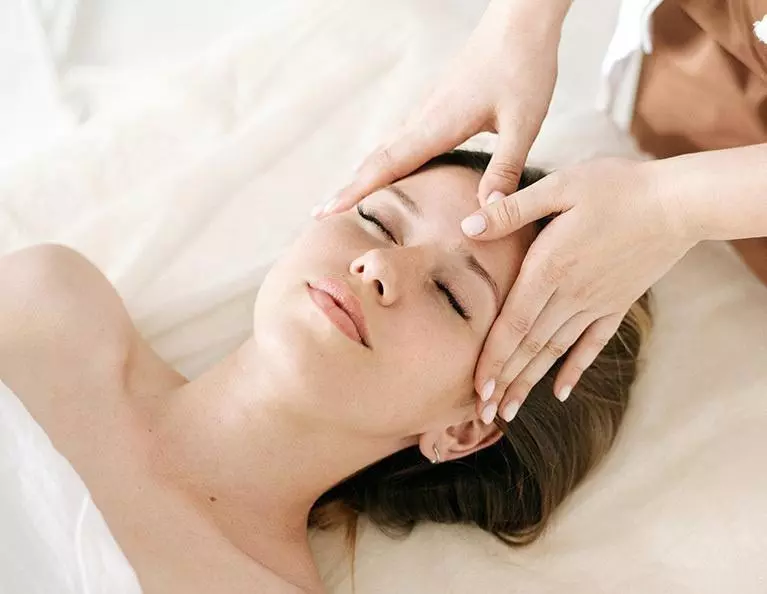This post is the fourth in a six-week series on Trichotillomania and Your Teen. Through education and comprehension, families can begin to address the disorder and get access to assistance and support.
Knowing where to begin in the pool of possible solutions can be a bit overwhelming as there is not one single “cure” that can be used to treat all individuals with Trichotillomania. Different people at different life stages respond to different treatments, and usually the approach is comprised of various tools and solutions rather than a simple solo answer, meaning the number of combinations possible is even greater. While this may seem daunting, it can also be viewed as a positive in that it is a reflection of continuing development in treatment research and also in that it means an individual has options for their path to recovery. We can begin by taking a look at some of the community resources available for and involved in the treatments and solutions for Trich.
Resources
- Psychologists – Mental health providers that are a familiar and experienced with Trichotillomania and other BFRB disorders can be an excellent resource for you, your teen, and your family. When seeking a psychologist near you, keep in mind whether or not the professionals you are considering are trained in the treatment types you are interested in.
- Hair Restoration Specialists – Though extraordinarily intertwined, treating the Trich behaviors and treating the hair loss can be separate endeavors. Many times hair will eventually grow back if the pulling is stopped, but a hair restoration specialist can work with clients to anticipate and plan for that hopeful future growth without the heavily-avoided, embarrassing, anxiety-inducing scenario of visiting a salon. A good hair restoration specialist and their stylists can offer privacy, compassion, and options for living an active life with hair while the individual dealing with Trichotillomania works towards solutions for their pulling.
- The Trichotillomania Learning Center (TLC) – We will focus on the TLC in our 6th and final post in this series, but a list of treatment resources would not be sufficient without including them. In addition to resource lists and nationwide specialist maps, the TLC is a fantastic education source for those wanting to explore their options.
- Doctors – Medical professionals play various roles in treating Trichotillomania such as narrowing out other potential medical hair loss causes, assessing health issues caused by pulling like skin damage or hair balls in the digestive tract, and prescribing medications to treat specific coinciding issues like anxiety or depression.
Treatment Types
There are many facets to Trichotillomania, but treatment efforts usually exist to answer the big question, “How can I stop pulling?”

- Cognitive-Behavioral Therapy – Cognitive-behavioral therapy is used to treat a variety of disorder types by addressing the triggers and associated maladaptive behaviors with a systematic and goal-oriented process to redirect the response. This type of therapy, and more specifically, a subset known as Habit-Reversal Training, has been studied for effectiveness by researchers who concluded that “it is a viable treatment option for children with Trichotillomania.” These methods should be led by a psychologist trained to do so.
- Medication – There are no medications specifically approved for the treatment of Trich; however, as mentioned above, doctors are able to prescribe other pills that aid in the control of symptoms and triggers. Especially when discussing the implication of the use of prescription medications in young people, it is imperative that each individual discuss their situation in detail with their doctor to analyze target areas of need while considering medication.
- Alternative Therapies – A quick search for ways to stop Trich returns a long list of possible solutions including meditation, dietary changes, and hypnosis. Unlike the use of cognitive-behavioral therapy or medication, these treatments are not tested. That said, we’ve discussed the prevalence of a multi-faceted approach many times, and it is often a combination of treatments that varies by individual which helps the specific person begin to succeed. If yoga class or a hot bath help your teen feel less inclined to pull, then they can be part of the solution too.
Coping
Coping mechanisms don’t necessarily treat the pulling, but they do play an enormous role in the healing process which in turn frequently translates into decreased pulling.
- Hair restoration –As discussed above, your local Hair Restoration Specialist can offer a safe, private, and comfortable alternative to a salon while also acting as an information resource, member of your support system, and driver of a great new head of hair. Through hair restoration, your teen can explore options for natural looking solutions for an active lifestyle to coincide with their personal pulling challenges. Additionally, hair restoration specialists can work with you and your teen to foster healthy and rapid hair regrowth once the pulling behaviors have stopped.
- Support groups – Last, but certainly not least, support groups can be tremendously helpful for both the teen and the parents. A number of support groups exist around the nation, but for unserved areas or those who prefer to communicate electronically, email support groups moderated by the TLC are also a great option with separate lists for parents and teens. The power of this component of overcoming Trich cannot be overemphasized. One may enter a support group looking to learn and find that they are quickly helping others by sharing their story too.
Thus far, we have sought to understand Trichotillomania, review the signs and symptoms of the condition, and discuss initial steps that can be taken if you suspect your teen is pulling. Next week we will hear from others, and the following week we will take an in depth look at the TLC (the Trichotillomania Learning Center). Please join us through this series as we explore some important facets of this challenging disorder, and if you or your teen are struggling with Trichotillomania, do not hesitate to contact one of our specialists to begin your journey towards assistance and support today.
Photo credit (top): MartinaK15 via Flickr Creative Commons
Photo credit (bottom): Bach Tran via Flickr Creative Commons
